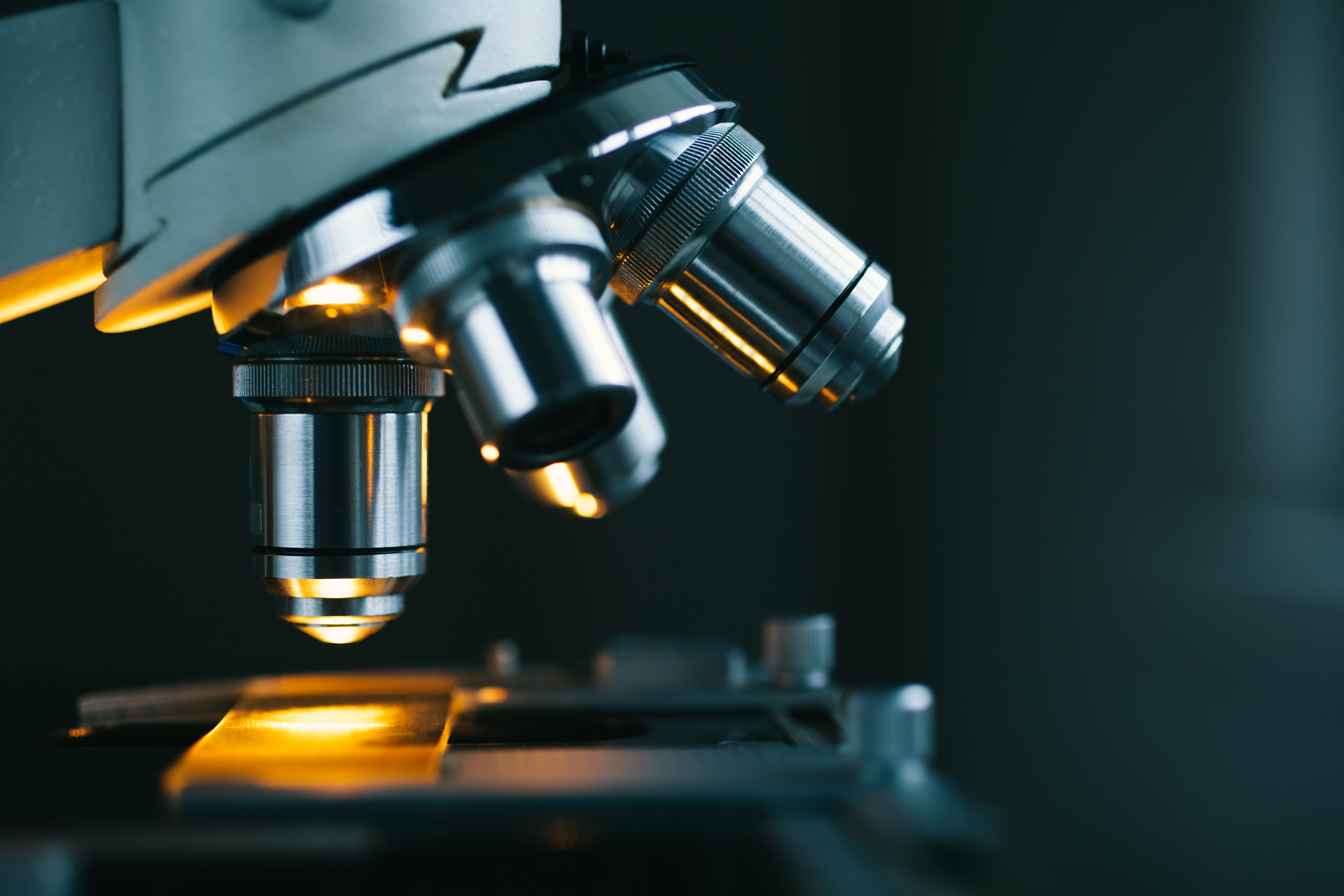Why Flat Cell Imaging Is Set to Revolutionize Microscopy
Posted on Categories Discover Magazine

The observation of living cells is undergoing a revolution as various techniques have increased the resolution of microscopy images to the nanometer scale. Cells are crowded, complex, three-dimensional environments. That makes the full panoply hard to study simultaneously because much of it takes place above or below the microscope’s narrow focal plane.
One way of solving this is a technique known as expansion microscopy, in which the cell is filled with a polymer that expands when it is placed in water. This inflates the cell, separating and enlarging the structures so they can be more easily studied. But it also kills the cell which cannot then be cultured or studied in more detail as it ages.
So cell biologists would dearly like to have a way to study the entire structure of a cell in one take, without killing it off in the process.
Picture Perfect
Now they have such a technique thanks to the work of Vahid Nasirimarekani at the Max Planck Institute for Dynamics and Self-Organization in Gottingen, Germany and colleagues, who have found a way to confine all the parts of a cell in the narrow focal plane of an optical microscope. That allows all the cellular machinery of life to be observed simultaneously.
Their trick? To flatten the cell like a squashed raisin so that the internal structures spread out. Afterwards, they release the cell unharmed. “The flat cell imaging method is a robust and straightforward technique, making it a practical choice for optical microscopy,” they say.
Flat cell imaging confines living cells between two transparent glass slides, reducing their thickness to as little as 200 nanometers and, in the process, spreading the contents over an area up to nine times greater than an unflattened cell occupies.
To prevent the cells sticking to the surfaces, both slides are coated with a polymer called poly(L-lysine)-graft-polyethylene glycol that traps a thin film of liquid between them. This also helps the slides stick together, allowing the flattening to take place without external pressure and without significant mechanical stress.
The team say the setup is straightforward and compatible with standard fluorescence microscopy equipment, making it easily accessible to anybody involved in microscopy.
The researchers have tested the technique on mammalian cells ranging from neural stem cells, and pancreatic cancer cells to fibroblasts and HeLa cancer cells. They have also used it successfully on microorganisms such as yeast, bacteria like Escherichia coli and algae.
Plant cells can also be flattened but to a lesser extent because they are more rigid.
Nasirimarekani and colleagues showed that the flattened cells are still viable after flattening. For example, neural stem cells successfully differentiated into neurons and astrocytes following flattening, demonstrating that the procedure does not interfere with their biological processes.
Gas Exchange
The new technique is not without its limitations, however. The trapping process reduces the cells’ ability to exchange gas and regulate osmosis. As a result, they start to die after 20 minutes or so, limiting the imaging time.
The team say they hope to extend this period by coating the upper slide with a gas permeable layer of polydimethylsiloxane (PDMS) and are currently studying this option.
Some cells also seem more fragile than others and so the team is developing the ability to fine tune and limit the flattening process. One way to do this is by adding nanometer scale spheres to the samples that act like spacers during flattening to prevent damage.
That’s a superb innovation with the potential to revolutionize live-cell microscopy. It should allow real-time observation of protein transport and vesicle trafficking, of drug delivery systems and of highly complex processes such as differentiation.
Sometimes the simplest ideas can unlock new avenues of research across biology, medicine, and beyond. And further development could make it a hugely significant technique.
Ref: Flat cell imaging : arxiv.org/abs/2411.12656